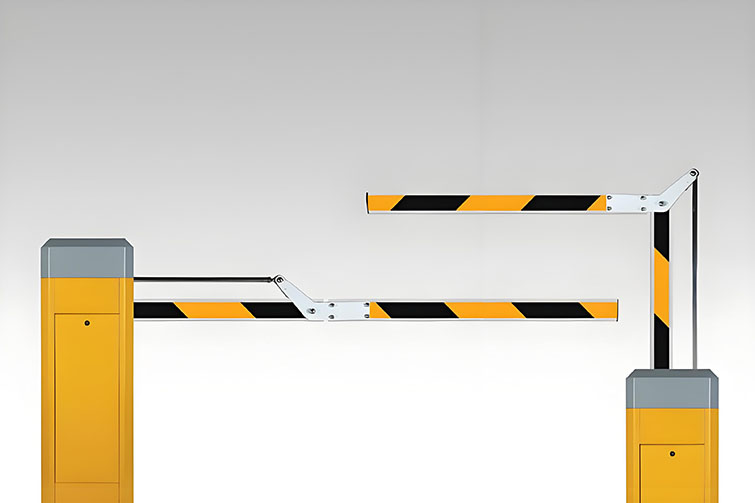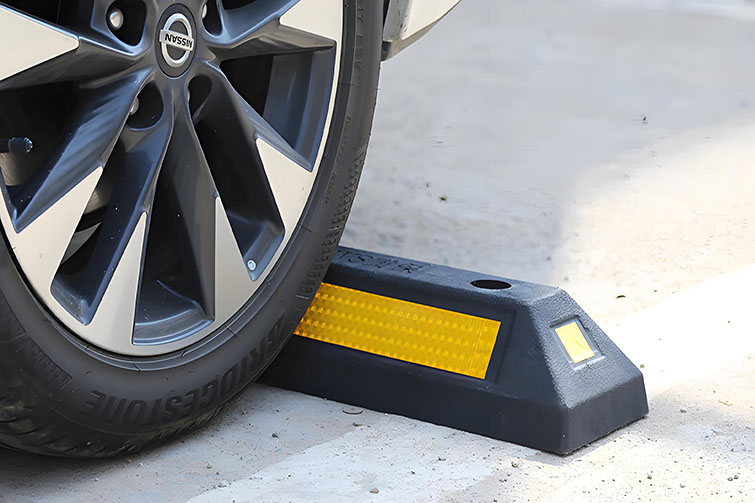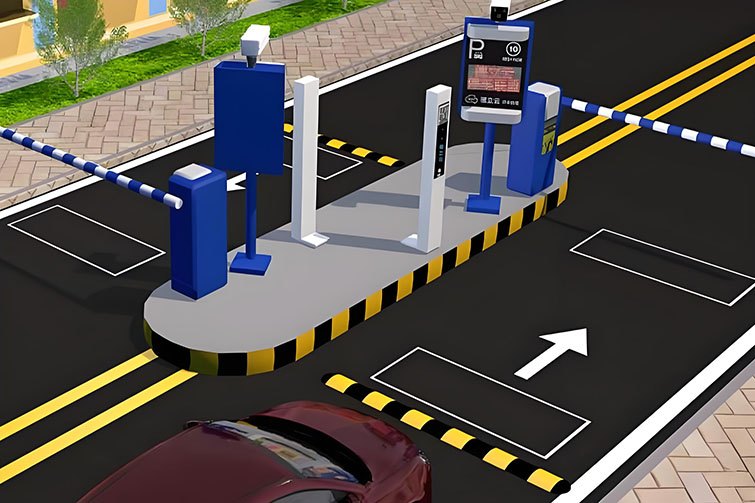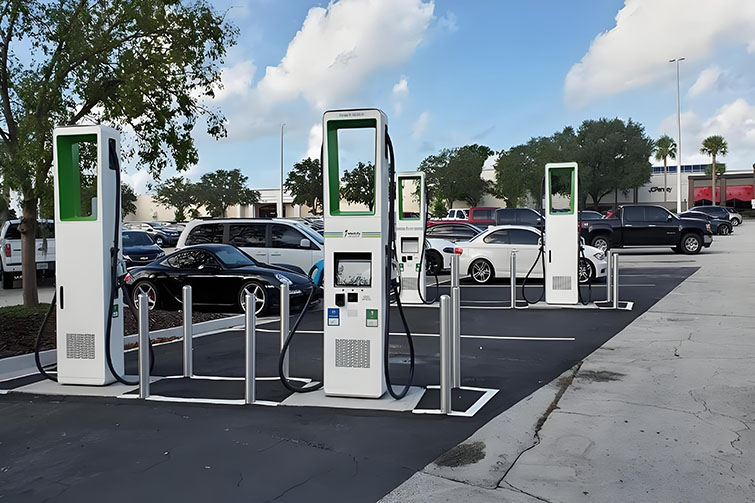
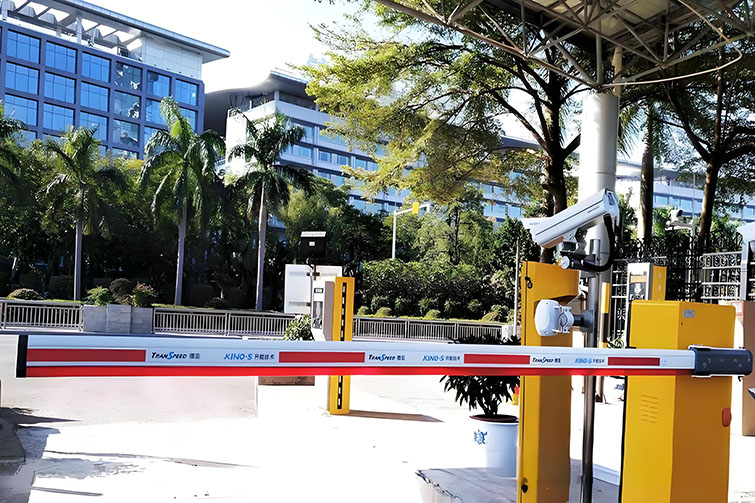
The Ultimate Guide to Parking Lot Access Control
In the bustling landscapes of urban centers, parking has become a significant challenge. As populations grow and vehicle ownership rises, the efficient management of parking spaces becomes paramount. One critical aspect of parking management is access control, which refers to the mechanisms and technologies used to regulate entry and exit to parking facilities. This paper serves as the ultimate guide to parking lot access control, offering insights into its importance, technologies involved, regulatory considerations, and best practices for implementation.
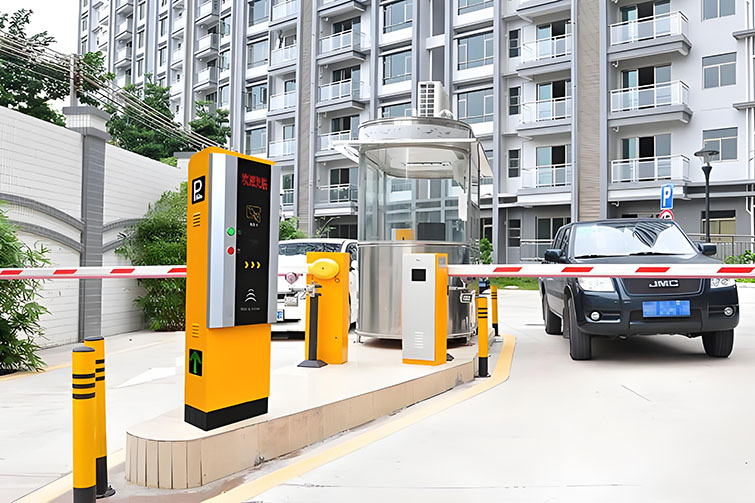
Evolution of Parking Lot Access Control: Parking lot access control has evolved significantly over the years. Initially, manual methods such as parking attendants and ticketing systems were prevalent. However, advancements in technology have revolutionized this aspect of parking management. Today, we witness the widespread adoption of automated access control systems, including RFID tags, license plate recognition, and smartphone-based solutions. These technologies not only enhance security but also improve the overall parking experience for users.
Technologies Driving Access Control: Several technologies drive parking lot access control systems. RFID (Radio-Frequency Identification) tags are commonly used for hands-free access to parking facilities. These tags, embedded in vehicles or attached to keychains, communicate with readers installed at entry and exit points, allowing seamless passage. License plate recognition systems, equipped with cameras and optical character recognition software, automate the identification of vehicles entering and exiting parking lots. Additionally, smartphone-based solutions leverage mobile applications to enable remote access control, reservation management, and payment processing.
Regulatory Considerations: Regulations play a crucial role in shaping parking lot access control strategies. Municipalities and property owners often impose rules regarding parking duration, fees, and access privileges. Compliance with these regulations is essential to avoid penalties and ensure smooth operations. Moreover, data privacy laws must be adhered to, especially concerning the collection and storage of vehicle information by access control systems. By staying informed about regulatory requirements, parking lot operators can maintain legal compliance while delivering a seamless parking experience.
Best Practices for Implementation: Implementing effective parking lot access control requires careful planning and execution. It is essential to assess the specific needs and constraints of each parking facility and choose access control technologies accordingly. Regular maintenance and updates are necessary to ensure the smooth functioning of access control systems. Moreover, integrating access control with other parking management systems, such as payment and reservation platforms, can further enhance efficiency and user experience. By following best practices, parking operators can optimize access control and create a hassle-free parking environment.
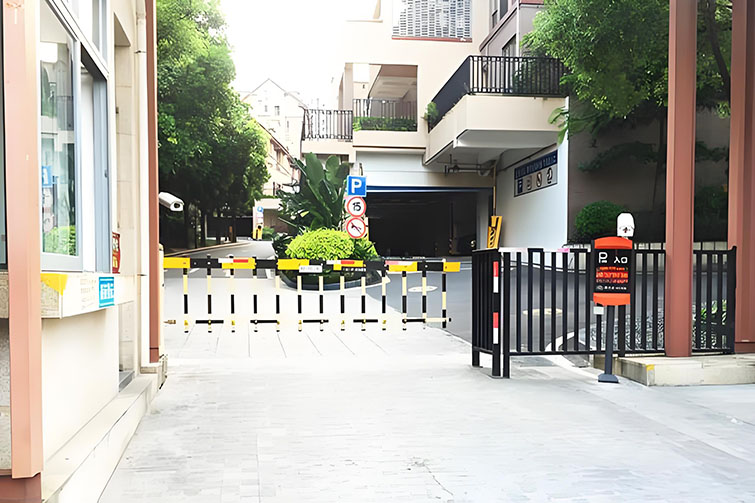
Conclusion: In conclusion, parking lot access control is a vital component of modern urban parking management. By leveraging advanced technologies and adhering to regulatory requirements, parking operators can enhance security, convenience, and efficiency for both vehicle owners and facility managers. This ultimate guide has provided insights into the evolution, technologies, regulations, and best practices associated with parking lot access control. As cities continue to evolve, adopting innovative access control solutions will be crucial in meeting the growing demand for parking spaces.


